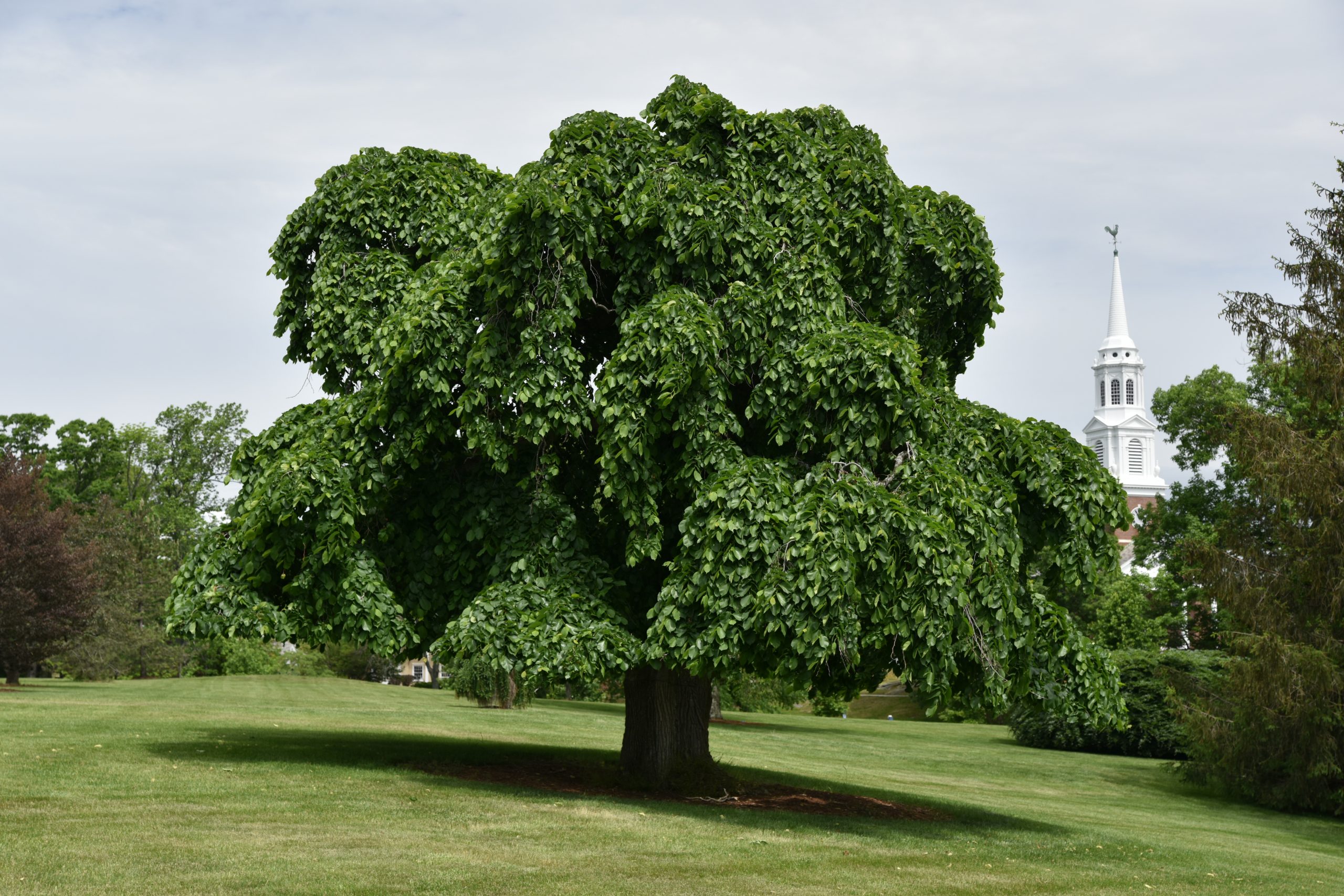UConn is releasing two reports this week that detail its response to reports of criminal activity, sexual violence, and other issues it monitors to ensure the safety of its campus communities.
The first, the Clery Annual Security and Fire Safety Report, is required annually from all U.S. universities that receive federal financial aid funds. It includes data about certain crimes identified by the Clery Act, including violations of the Violence Against Women Act; arrests and disciplinary referrals for drug and alcohol violations; and hate crimes reported in the previous calendar year on property the University owns or controls and on public property within or immediately adjacent to campus.
Additionally, the report includes a comprehensive overview of safety policies and prevention programs available to the campus community. It is compiled by the UConn Police Department.
The second report, compiled by UConn’s Office of Institutional Equity (OIE), is a state-mandated annual overview that requires all Connecticut colleges and universities to outline their policies and data on sexual assault, stalking, and intimate partner violence. It captures a wider range of data in these three categories than the Clery report, because the data collected is not limited to incidents reported to have occurred on UConn property, and it includes incidents reported even in the absence of a UConn connection.
Some categories listed in the Clery and OIE reports appear to capture data about the same kinds of crimes and incidents, including some regarding sexual assault and related crimes. However, the numbers will differ between the two reports because of the differences in how the incidents are defined and the locations for which incidents must be captured.
2017 Clery Annual Security and Fire Safety Report
UConn is posting the report for calendar year 2017 on its website and distributing the link electronically as part of its compliance with federal and state law, and in the interest of informing all enrolled students, faculty, and staff on this important subject.
The data includes reports from crime victims directly to UConn Police, along with information that comes to the attention of campus officials beyond law enforcement.
Those officials, known as “campus security authorities,” currently comprise nearly 800 people who regularly interact with students in their roles as resident assistants, coaches, faculty advisers, and other on-campus authorities.
The University has significantly increased training for those officials so that they better understand what they are legally required to report and the proper way to report it. In the case of sexual violence crimes, UConn’s Clery numbers reflect a large amount of input from campus security authorities, along with significant outreach services university-wide to encourage reporting of this traditionally underreported crime.
Of the 16 sexual assaults reported at Storrs in 2017 – down from 24 one year earlier – police received 14 reports directly from individuals. The rest were reported by campus security authorities, including Residential Life and Student Affairs, to be included in the Clery report.
UConn takes an expansive view on what is included in the data by counting all sexual assault reports received in a given year, regardless of the level of detail known to the University; regardless of when the assault is reported to have occurred; and even when the report comes from a third party in the absence of a complainant.
This is an important part of UConn’s commitment to creating and maintaining a campus free from all forms of sexual harassment, sexual violence, relationship violence, and stalking.
In 2012, the UConn Board of Trustees adopted a University policy that made nearly all UConn employees “required reporters” of sexual assault. That policy also has increased the number of reports at UConn, which are reflected in the Clery numbers and can make comparisons difficult against other universities whose policies are not as robust.
The Office of Institutional Equity has also increased the information available online to help victims of sexual assault receive support and file reports, including through its website on sexual violence, relationship violence, and stalking awareness.
UConn’s new Clery report also captures data on reports of domestic violence, which is defined differently in Connecticut than in many other states. The 2017 figure, 19 events reported, is down from 26 in 2016.
Under Connecticut state law, any people who live together – including college roommates in non-romantic relationships – are afforded protection under Connecticut’s domestic violence laws. That means at UConn, unlike in some other states with different laws, the Clery figures for domestic violence include roommate altercations, along with conflicts between people in current or past relationships. That, too, can make comparisons invalid against schools in other states with different laws.
UConn’s domestic violence figures also capture the number of victims, not the number of incidents. Therefore, if two people involved in one incident both report it separately, the same incident appears twice in the data as two separate offenses if both individuals are the victim of a crime. One overall event can generate two or more statistics.
Some reports also come after bystanders and other people contact police, saying they are concerned about domestic altercations they believed they witnessed, overheard, or otherwise learned about as friends or neighbors of other students.
University officials say that indicates growing awareness perhaps prompted by UConn’s bystander intervention programs, which help increase awareness of sexual violence on campus and empower students to be effective, proactive bystanders.
One such program, Protect Our Pack, is presented to all incoming first-year and transfer students – in addition to resident assistants – at the Storrs and regional campuses during fall orientation and the Week of Welcome, as students settle in for the new academic year.
In addition, UConn Police also offer many initiatives tackling difficult conversations about stalking, intimate partner violence, consent, and effective communications. The programs are offered throughout the year to students at all academic levels.
The new Clery data also indicates that police made 203 arrests at Storrs last year for drug abuse violations; 36 arrests for liquor law violations; and received four reports of stalking.
2017 UConn Report Pursuant to State Statute Section 10a-55m
In addition to the annual federally mandated Clery report, UConn also submits to the Connecticut General Assembly a yearly report specifically on sexual violence policies and data.
Elizabeth Conklin, UConn’s associate vice president for institutional equity and Title IX coordinator, said figures in this report exceed those in the Clery data because it captures all incidents disclosed to UConn, regardless of on or off-campus location or the year in which they are reported to have occurred.
The report indicates that UConn received 127 reports in 2017 of sexual assault, of which 71 were reported to have occurred during the calendar year. The University’s definition of sexual assault is broad, and can include incidents such as unwanted touching (sexual contact) along with more physically invasive offenses categorized in criminal law.
Among the 127 reports of sexual assault, 35 of the respondents were identified as being connected to UConn; 19 of the reports came in anonymously or confidentially; and in 17 of those cases, the reported victim chose to participate in a University investigation.
The sexual assault disclosure numbers can be influenced by reports of incidents from many years ago, including childhood abuse – all of which is important to know so the University can provide trauma-informed services to help those current students receive appropriate and compassionate services, Conklin said.
Fifteen incidents of stalking were reported, including 13 that occurred in 2017. In nine of the stalking cases, the respondent was identified as being connected to UConn; and the University investigated two cases.
Sixty-seven cases of intimate partner violence were reported, including 53 reported to have occurred in 2017. In 37 of the intimate partner violence cases, the respondent was identified as being connected to UConn; and in 21 of those cases, the reported victim chose to participate in a University investigation.
The report also shows five people were expelled from UConn for sexual misconduct, stalking, and/or intimate partner violence in 2017.
In addition to providing data, the OIE report outlines more than 800 annual awareness and prevention campaigns during 2017. They include the “Protect Our Pack” bystander intervention training provided at orientation; UConn’s Violence Against Women Prevention Program (VAWPP) courses; the widespread training provided to employees; and many others.
During the 2016-2017 academic year, UConn also launched a new mandatory online interpersonal violence prevention program for juniors and seniors, Not Anymore. The online, video-based program includes information about consent, bystander intervention, sexual assault, intimate partner violence, and stalking.
UConn also updated its Policy against Discrimination, Harassment, and Related Interpersonal Violence in summer 2018 to ensure its definitions are easily understandable and to ensure ongoing compliance with state and federal law and guidance.
In 2015, after legislative action, UConn’s Student Health Services at Storrs also became a site for victims of sexual assault to receive an evidence collection kit completed by a certified examiner, avoiding the need for victims to have to travel to a local hospital for that examination.
UConn also conducted a comprehensive sexual violence climate survey in fall 2015, and is using the results to help determine where to focus prevention and response efforts in a way that best serves students.
Among the findings, presented more comprehensively online here, were that 82 percent of responding students agreed or strongly agreed that they felt safe on campus. Also, 69 percent of responding students said they knew the actions they can take to help prevent sexual assault, such as bystander intervention, clear communication with a potential partner, or some other action.



